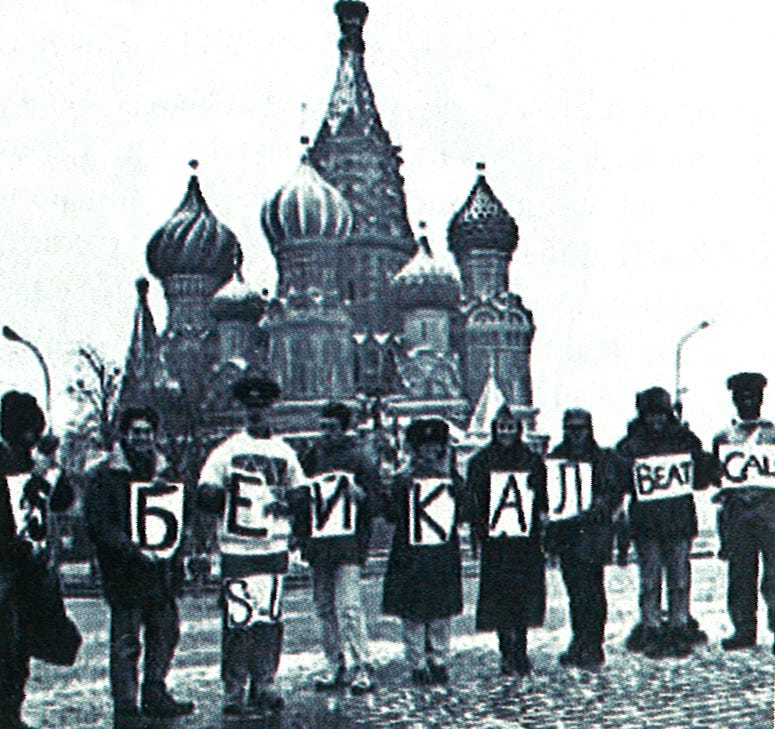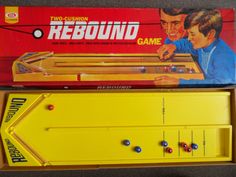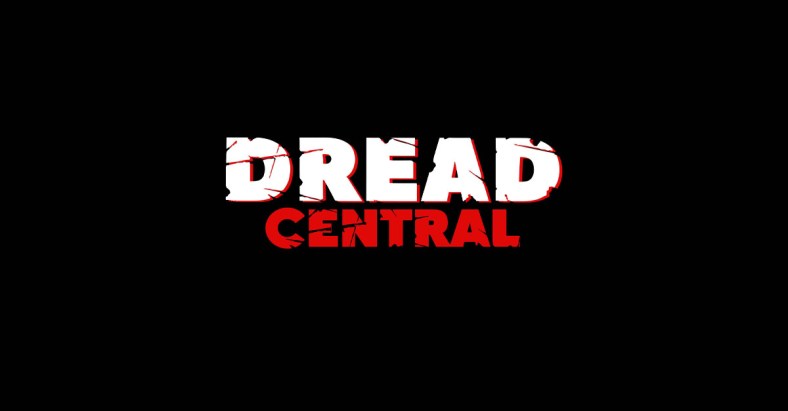D
Deleted member 245586
Guest
Tiananmen massacre
The Tiananmen Square protests of 1989, commonly known in mainland China as the June Fourth Incident (六四事件), were student-led demonstrations in Beijing, the capital of the People's Republic of China, in 1989. More broadly, it refers to the popular national movement inspired by the Beijing protests during that period, sometimes called the '89 Democracy Movement (八九民运). The protests were forcibly suppressed after the government declared martial law. In what became known in the West as the Tiananmen Square Massacre, troops with automatic rifles and tanks killed at least several hundred demonstrators trying to block the military's advance towards Tiananmen Square. The number of civilian deaths has been estimated variously from 180 to 10,454.[2][5]
Set against a backdrop of rapid economic development and social changes in post-Mao China, the protests reflected anxieties about the country's future in the popular consciousness and among the political elite. The reforms of the 1980s had led to a nascent market economy which benefitted some people but seriously disaffected others; the one-party political system also faced a challenge of legitimacy. Common grievances at the time included inflation, limited preparedness of graduates for the new economy, and restrictions on political participation. The students called for democracy, greater accountability, freedom of the press, and freedom of speech, though they were loosely organized and their goals varied.[6][7] At the height of the protests, about a million people assembled in the Square.[8]
As the protests developed, the authorities veered back and forth between conciliatory and hardline tactics, exposing deep divisions within the party leadership.[9] By May, a student-led hunger strike galvanized support for the demonstrators around the country and the protests spread to some 400 cities.[10] Ultimately, China's paramount leader Deng Xiaoping and other Communist Party elders believed the protests to be a political threat, and resolved to use force.[11][12] Communist Party authorities declared martial law on May 20, and mobilized as many as 300,000 troops to Beijing.[10] The troops ruthlessly suppressed the protests by firing at demonstrators with automatic weapons, killing hundreds of protesters and leading to mass civil unrest in the days following.
The Chinese government was condemned internationally for the use of force against the protestors. Western countries imposed economic sanctions and arms embargoes.[13] China's government initially condemned the protests as a counter-revolutionary riot, and criticized other nations.[14][15] It made widespread arrests of protesters and their supporters, suppressed other protests around China, expelled foreign journalists, strictly controlled coverage of the events in the domestic press, strengthened the police and internal security forces, and demoted or purged officials it deemed sympathetic to the protests.[16] More broadly, the suppression temporarily halted the policies of liberalization in the 1980s. Considered a watershed event, the protests also set the limits on political expression in China well into the 21st century. Its memory is widely associated with questioning the legitimacy of Communist Party rule, and remains one of the most sensitive and most widely censored political topics in mainland China.[17][18]
The Fall of communism...
The Tiananmen Square protests of 1989, commonly known in mainland China as the June Fourth Incident (六四事件), were student-led demonstrations in Beijing, the capital of the People's Republic of China, in 1989. More broadly, it refers to the popular national movement inspired by the Beijing protests during that period, sometimes called the '89 Democracy Movement (八九民运). The protests were forcibly suppressed after the government declared martial law. In what became known in the West as the Tiananmen Square Massacre, troops with automatic rifles and tanks killed at least several hundred demonstrators trying to block the military's advance towards Tiananmen Square. The number of civilian deaths has been estimated variously from 180 to 10,454.[2][5]
Set against a backdrop of rapid economic development and social changes in post-Mao China, the protests reflected anxieties about the country's future in the popular consciousness and among the political elite. The reforms of the 1980s had led to a nascent market economy which benefitted some people but seriously disaffected others; the one-party political system also faced a challenge of legitimacy. Common grievances at the time included inflation, limited preparedness of graduates for the new economy, and restrictions on political participation. The students called for democracy, greater accountability, freedom of the press, and freedom of speech, though they were loosely organized and their goals varied.[6][7] At the height of the protests, about a million people assembled in the Square.[8]
As the protests developed, the authorities veered back and forth between conciliatory and hardline tactics, exposing deep divisions within the party leadership.[9] By May, a student-led hunger strike galvanized support for the demonstrators around the country and the protests spread to some 400 cities.[10] Ultimately, China's paramount leader Deng Xiaoping and other Communist Party elders believed the protests to be a political threat, and resolved to use force.[11][12] Communist Party authorities declared martial law on May 20, and mobilized as many as 300,000 troops to Beijing.[10] The troops ruthlessly suppressed the protests by firing at demonstrators with automatic weapons, killing hundreds of protesters and leading to mass civil unrest in the days following.
The Chinese government was condemned internationally for the use of force against the protestors. Western countries imposed economic sanctions and arms embargoes.[13] China's government initially condemned the protests as a counter-revolutionary riot, and criticized other nations.[14][15] It made widespread arrests of protesters and their supporters, suppressed other protests around China, expelled foreign journalists, strictly controlled coverage of the events in the domestic press, strengthened the police and internal security forces, and demoted or purged officials it deemed sympathetic to the protests.[16] More broadly, the suppression temporarily halted the policies of liberalization in the 1980s. Considered a watershed event, the protests also set the limits on political expression in China well into the 21st century. Its memory is widely associated with questioning the legitimacy of Communist Party rule, and remains one of the most sensitive and most widely censored political topics in mainland China.[17][18]
The Fall of communism...
Last edited by a moderator:












